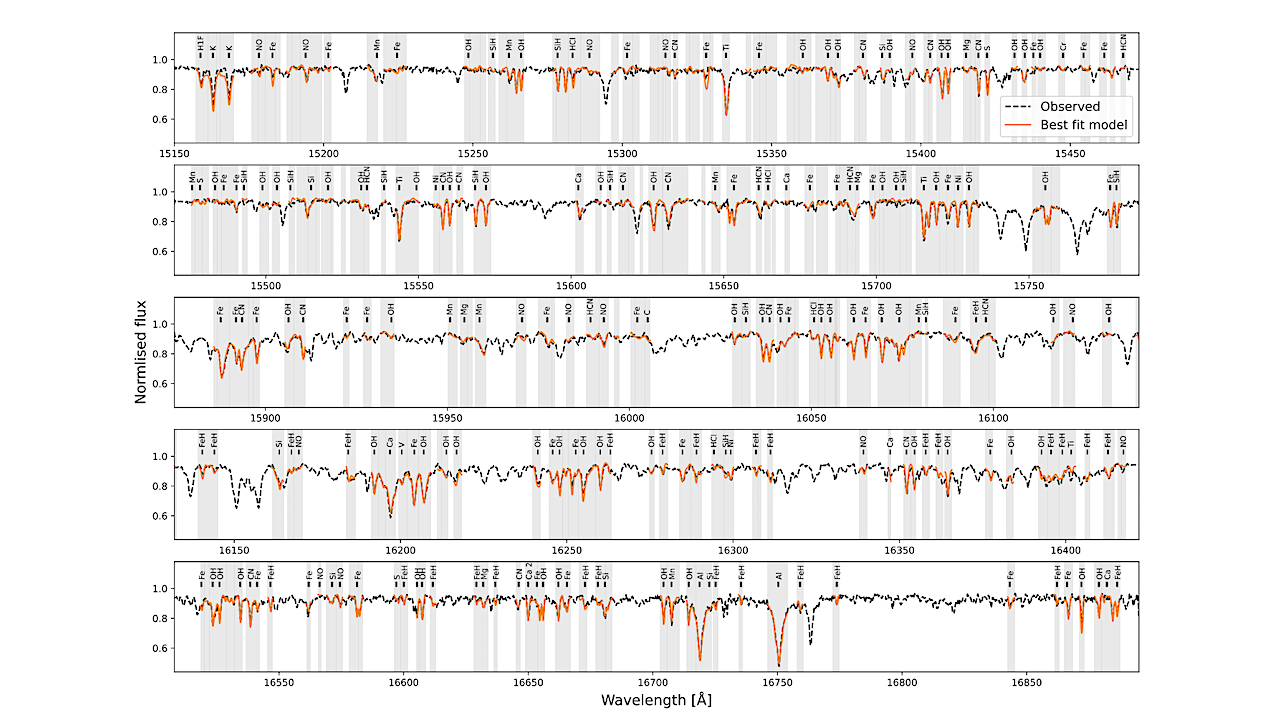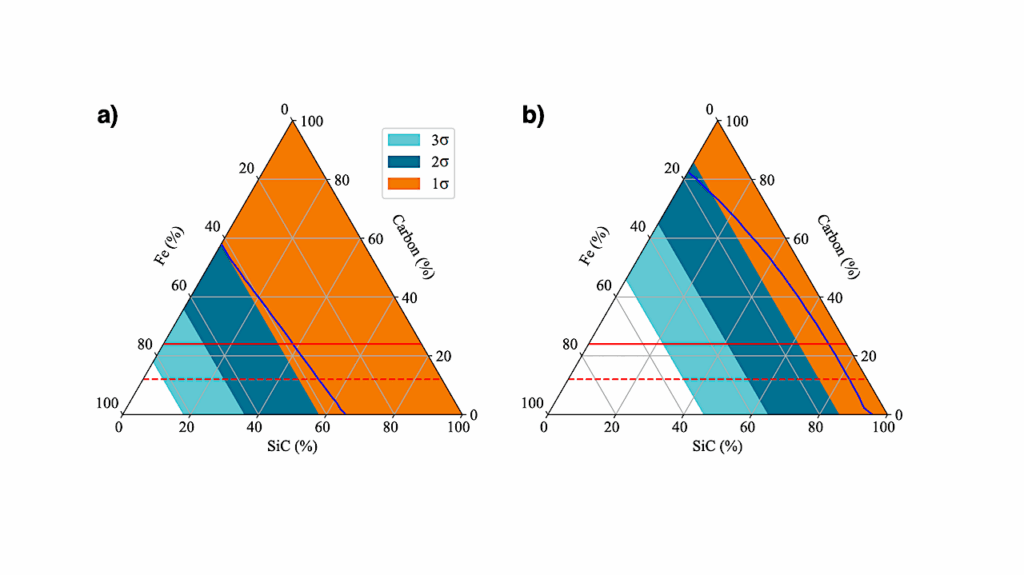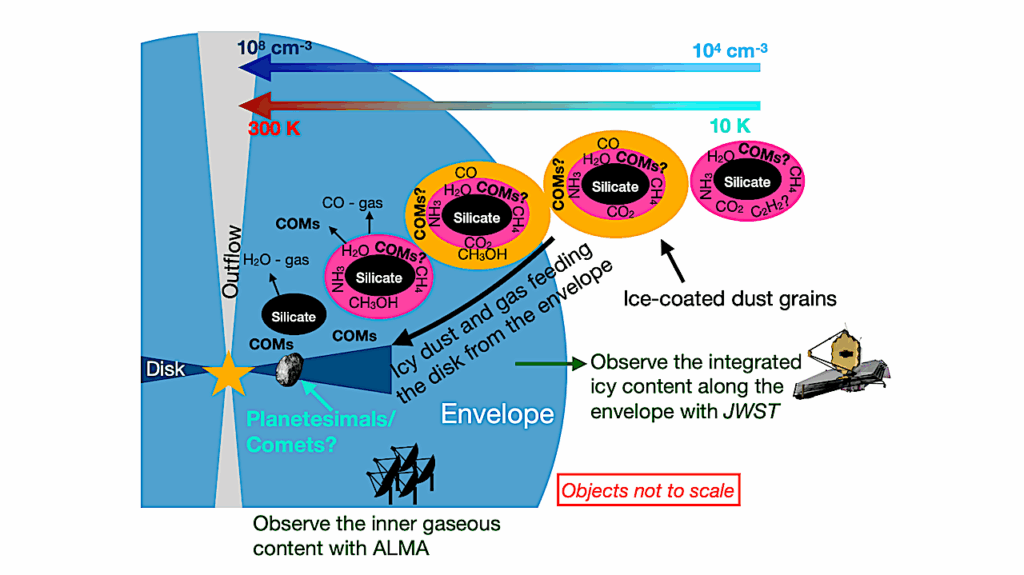Performance of the Stellar Abundances and Atmospheric Parameters Pipeline Adapted for M Dwarfs I. Atmospheric Parameters from the Spectroscopic Module

M dwarfs are important targets in the search for Earth-like exoplanets due to their small masses and low luminosities. Several ongoing and upcoming space missions are targeting M dwarfs for this reason, and the ESA PLATO mission is one of these.
In order to fully characterise a planetary system the properties of the host star must be known. For M dwarfs we can derive effective temperature, surface gravity, metallicity, and abundances of various elements from spectroscopic observations in combination with photometric data. The Stellar Abundances and atmospheric Parameters Pipeline (SAPP) has been developed as a prototype for one of the stellar science softwares within the PLATO consortium, it is aimed at FGK stars. We have modified it to be able to analyse the M dwarf among the PLATO targets.
The current version of the pipeline for M dwarfs mostly relies on spectroscopic observations. The data processing is based on the machine learning algorithm The Payne and fits a grid of model spectra to an observed spectrum to derive effective temperature and metallicity. We use spectra in the H-band, as the near-infrared region is beneficial for M dwarfs.
A method based on synthetic spectra was developed for the continuum normalisation of the spectra, taking into account the pseudo-continuum formed by numerous lines of the water molecule. Photometry is used to constrain the surface gravity. We tested the modified SAPP on spectra of M dwarfs from the APOGEE survey.
Our validation sample of 26 stars includes stars with interferometric observations and binaries. We found a good agreement between our values and reference values from a range of studies. The overall uncertainties in the derived effective temperature, surface gravity, and metallicity is 100 K, 0.1 dex, and 0.15 dex, respectively. We find that the modified SAPP performs well on M dwarfs and identify possible areas of future development.
Terese Olander, Matthew R. Gent, Ulrike Heiter, Oleg Kochukhov, Maria Bergemann, Ekaterina Magg, Santi Cassisi, Mikhail Kovalev, Thierry Morel, Nicola J. Miller, Diogo Souto, Yutong Shan, Bárbara Rojas-Ayala, Elisa Delgado-Mena, Haiyang S. Wang
Comments: Accepted in A&A
Subjects: Solar and Stellar Astrophysics (astro-ph.SR); Earth and Planetary Astrophysics (astro-ph.EP); Instrumentation and Methods for Astrophysics (astro-ph.IM)
Cite as: arXiv:2502.09388 [astro-ph.SR] (or arXiv:2502.09388v1 [astro-ph.SR] for this version)
https://doi.org/10.48550/arXiv.2502.09388
Focus to learn more
Submission history
From: Terese Olander
[v1] Thu, 13 Feb 2025 15:05:34 UTC (1,790 KB)
https://arxiv.org/abs/2502.09388
Astrobiology,








